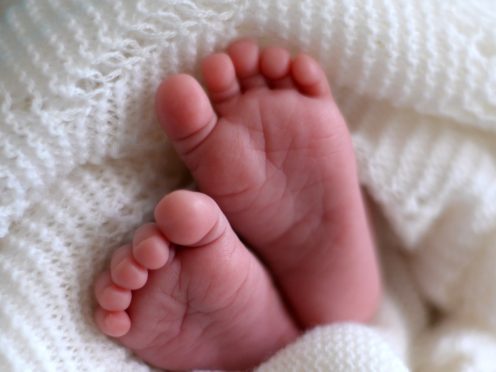Women who take painkillers during pregnancy could be harming the fertility of their unborn child, new research has found.
Paracetamol and ibuprofen were found to reduce the number of cells which later become eggs or sperm in babies, according to a study published in the journal Environmental Health Perspectives.
Painkillers may also affect the fertility of future generations by triggering changes in the structure of DNA which can be inherited, the research found.
The findings add to a body of evidence suggesting certain medicines should be used with caution during pregnancy.
However, scientists stressed the current advice for women – to limit the use of paracetamol and avoid ibuprofen – remains unchanged.
Dr Rod Mitchell, who led the research at the University of Edinburgh, said: “We would encourage women to think carefully before taking painkillers in pregnancy and to follow existing guidelines – taking the lowest possible dose for the shortest time possible.”
The study examined the effects of painkillers on human tissue samples of foetal testes and ovaries.
Ovaries exposed to paracetamol for one week had more than 40% fewer egg-producing cells, the research found, and after ibuprofen exposure the number of cells was almost halved.
As girls produce all their eggs in the womb, those born with a reduced number of cells could experience an early menopause.
Testicular tissues exposed to paracetamol or ibuprofen in a culture dish had around a quarter fewer sperm-producing cells, the scientists said.
Tests in mice carrying grafts of human foetal testicular tissue produced similar results.
After one day of human doses of paracetamol, the number of sperm-producing cells in the graft tissue had dropped by 17%, while after a week of treatment there were almost one third fewer cells.
Dr Channa Jayasena, a senior lecturer in reproductive endocrinology at Imperial College London, said: “This latest study raises the possibility that paracetamol and ibuprofen may reduce the growth of the ‘germ cells’ which later become eggs or sperm in unborn babies.
“It is important to recognise that the study only looks at tissue in the lab, which limits its relevance in humans.
“However, when its results are considered in the context of similar recent studies, they become more interesting.
“While it is still premature to stop taking these important drugs, there is a growing case to investigate their safety for pregnant women.”
Dr Patrick O’Brien, consultant obstetrician and spokesman for the Royal College of Obstetricians and Gynaecologists, said “definitive conclusions” could not be drawn and further research was needed.
“Women should not be alarmed by the results of this study. Paracetamol is widely accepted as a safe painkiller for pregnant women to take, and can be very beneficial when a pregnant woman is suffering with a migraine, for example,” he said.
“We recommend that women follow current guidance and take the lowest effective dose of paracetamol for the shortest possible time.
“If this doesn’t treat the pain, they should to speak to their GP, midwife, or obstetrician.”
The research was funded by the Medical Research Council, Wellcome and the British Society of Paediatric Endocrinology and Diabetes.
